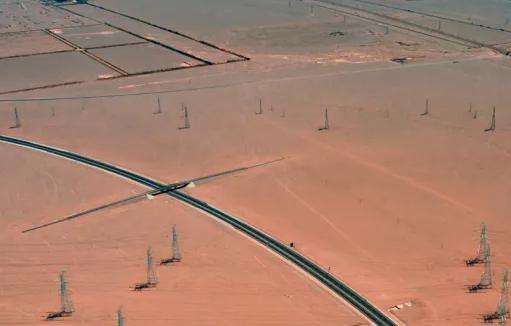How to use the Timberborn Energy Wheel? When planning to use the water wheel to provide power, pay attention to the flow rate and direction of the water. The water wheel cannot be used in certain locations and directions. turn. It's not just about following the direction of the river and putting an end to it, but analyzing specific problems in detail. The course of the river is constantly changing, and the speed and direction of water flow are almost different everywhere. The efficiency of rivers in providing energy can be improved by large-scale transformation of river channels. Sometimes some water wheels cannot rotate. Just use one or two blocks to transform the surrounding river channels according to the rules.
Timberborn Energy Wheel Skills
A water pump is not enoughs. At least six can pump or drain water at the same time, and the water channel can. only two wide. It can hold a water wheel. To maintain the balance of artificial water flow, at least three teams of pumping, drainage and water transportation are required. Each team has 7 people for security reasons, making a total of 21 people. If there are enough water wheels, the power generation capacity is still considerable. With the same labor force, six water wheels can surpass common wheels.
The water wheel is the only solution at first, but it depends on the water flow. If there are obstacles on the shore, in the corners or in front, it will be difficult to get electricity, so it can be used when there are only one or two plants at first. Think about water wheels in the medium term, as the population gets richer, hamster wheels will be used as much as possiblesible. will spread water wheels and windmills on a large scale, and black raccoons can directly generate electricity in power stations.
As follows:
1. Thermal power generation: This is currently the largest method of generating electricity in the world, primarily by burning fossil fuels (such as coal, oil). or natural gas) Thermal energy is produced and then converted into electrical energy.
2. Hydropower: Hydropower uses the kinetic and potential energy of water flow to turn turbines, which in turn drive generators to produce electricity. The advantage of this method is that it is clean and renewable, but it is strongly affected by geographic location and climate.
3. Wind power generation: Wind power turns the blades of the wind turbine using the wind, then generatese electricity via the generator. This method of generating electricity is clean and renewable, but is primarily suitable for areas with abundant wind resources.














